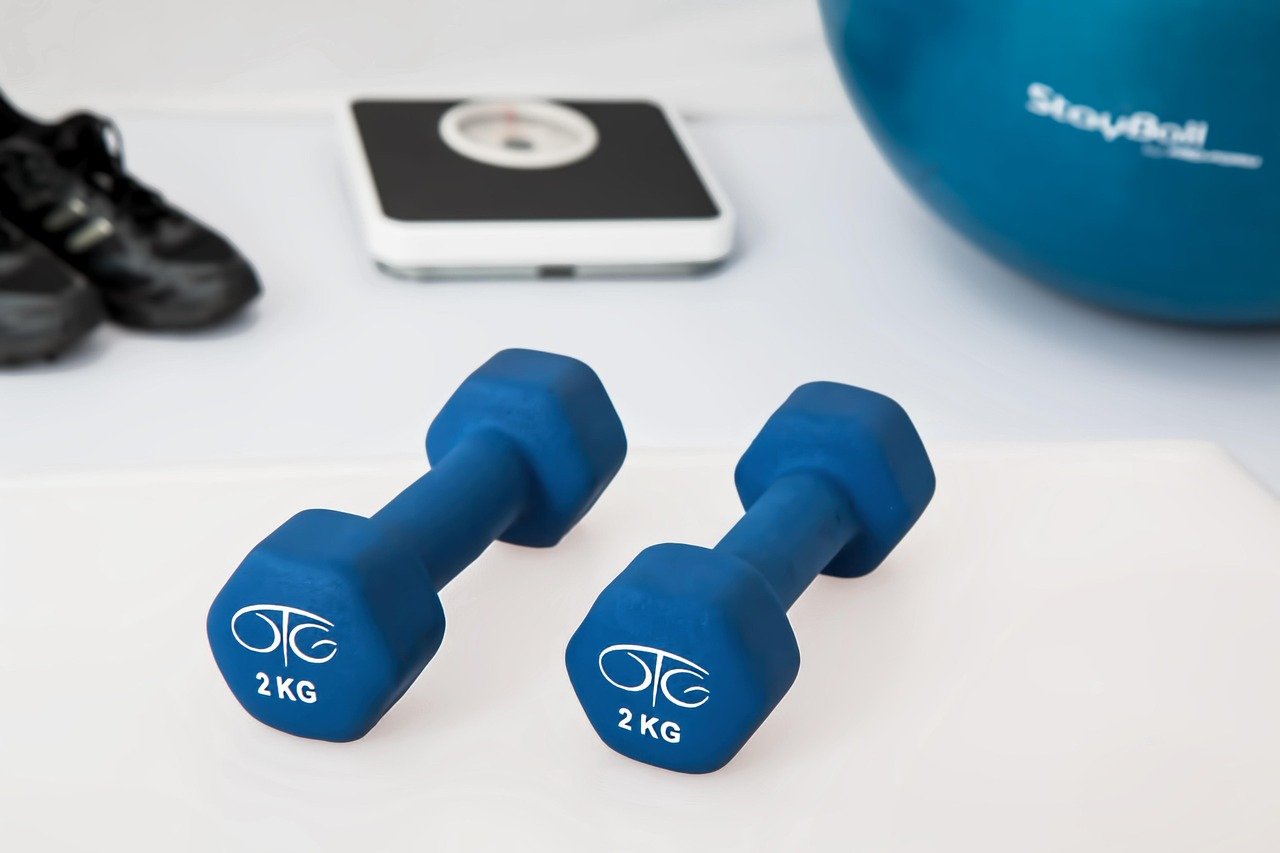Introduction to Fitness Gadgets
The landscape of fitness technology in 2025 is evolving at an unprecedented pace, driven by advancements in innovation and a growing emphasis on health and wellness. With the increasing incorporation of digital tools, fitness gadgets have emerged as essential instruments for individuals looking to monitor and enhance their physical performance.
Fitness gadgets ranging from smartwatches and heart rate monitors to wearable devices provide detailed insights into physical activity levels, calorie expenditure, and even sleep patterns. These metrics empower users to make informed decisions regarding their fitness regimens.
Smart Wearable Devices
As we step into 2025, the landscape of fitness technology has evolved significantly, primarily driven by the rise of smart wearable devices. These innovative gadgets have become essential tools for health and fitness enthusiasts, offering a seamless way to monitor various health metrics in real time. From fitness trackers to advanced smartwatches and heart rate monitors, the options available cater to a wide range of fitness levels and goals.
One of the standout features of modern fitness trackers is their GPS capabilities. This functionality allows users to accurately track their routes and distances during outdoor activities such as running, cycling, or hiking. With built-in GPS, data is recorded without needing to tether to a smartphone, providing a more autonomous workout experience.
Activity tracking is another vital component of these wearables. They monitor everything from step counts to caloric burn, enabling users to quantify their daily movement. This data can be particularly motivating, encouraging individuals to remain active and reach their fitness targets. Moreover, advanced models often include features such as VO2 max and recovery time analysis, providing deeper insights into physical performance.
Sleep monitoring has also become a focal point in wearable fitness technology. Quality sleep is crucial for recovery and overall health, and many devices now offer detailed analysis, identifying patterns, interruptions, and quality of sleep. This information allows users to make informed adjustments to their sleep habits, thereby enhancing overall wellness.
Integration with mobile apps is a significant benefit of these smart devices. By syncing data with various health and fitness applications, users can access comprehensive overviews of their progress, set goals, and receive personalized recommendations. Overall, investing in smart wearable devices in 2025 not only helps track progress but also elevates the fitness experience through informed decision-making and enhanced motivation.
Smart Equipment for Home Workouts
The landscape of fitness is rapidly evolving, and in 2025, smart equipment specifically designed for home workouts is at the forefront of this transformation. Fitness enthusiasts now have access to an impressive array of technologically advanced tools that not only enhance the workout experience but also provide comprehensive tracking and analytics. Among the top choices are connected treadmills, interactive weights, and adaptive resistance machines.
Connected treadmills, for instance, are equipped with features that allow users to stream personalized workouts and engage with virtual trainers. These devices connect to fitness applications, enabling users to monitor real-time data such as speed, calories burned, and distance traveled. With integrated social platforms, users can challenge friends or join group sessions, adding a social component that motivates and encourages consistent use.
Interactive weights have also gained popularity, as they allow users to customize their lifting routines while automatically adjusting weights based on individual performance. This technology ensures that users can push their limits safely and effectively. Detailed analytics are often provided, allowing for an in-depth look at progress over time, which aids in setting and achieving stronger fitness goals.
Furthermore, resistance machines that adapt to users’ strength levels provide a versatile workout option for all fitness levels. These machines often utilize advanced algorithms to adjust the difficulty of workouts in real time, helping users maintain an optimal training regimen. This level of personalization not only assists with physical training but also fosters a sense of accountability.
Individuals interested in acquiring these cutting-edge home workout gadgets can find a variety of options on platforms like Amazon, which offers detailed customer reviews and competitive pricing. Investing in smart fitness equipment could be a pivotal step in enhancing one’s fitness journey in the coming years.














Leave a Reply